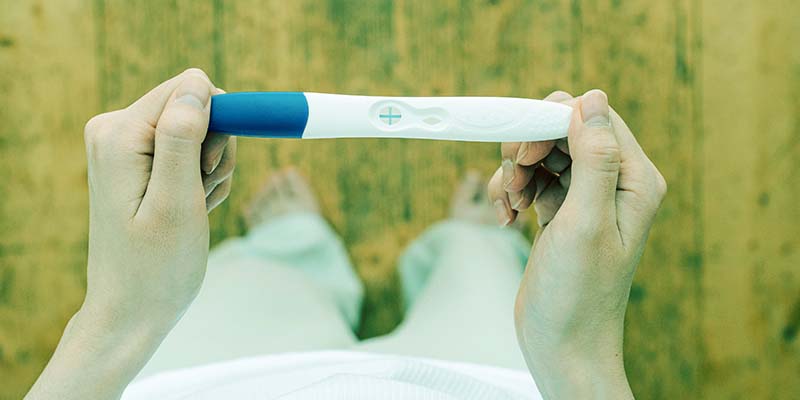Fertility test for females involves Hysterosalpingogram (HSG) procedure. The name which sounds uncommon to many of us helps in diagnosing fertility problems in women. Women’s fertility relies on their ovaries producing healthy eggs. These eggs travel through the fallopian tube which meets the sperm resulting in fertilization. Finally, the fertilized egg gets implanted in the uterus.
An HSG helps in diagnosing issues with women’s above-mentioned reproductive process. To be keen HSG detects whether the fallopian tube is open or blocked. It is a diagnostic OPD procedure where a small catheter is introduced into the vagina and cervical canal, and a special dye(contrast) is injected, followed by an X-ray.
PURPOSE OF HSG:
An HSG helps the obstetrician in identifying the problems with the reproductive system that prevents you from becoming pregnant. It helps to know the outline of the uterus shape, lesions like polyps, fibroid, adhesions, and mainly the patency of tubes. HSG is usually performed if both semen analysis and ovulatory functions are normal.
It is recommended in the case of tubal evaluation of infertility/subfertility with a female partner having a history of previous STI (sexually transmitted infections), Caserean section, PID (pelvic inflammatory disease), Endometriosis, or Surgical interventions in the pelvic region. An effect of “Tubul flushing” with the water-soluble contrast medium helps in the occurrence of spontaneous pregnancies in the following 3 months after HSG.
HOW IT IS DONE:
*HSG is usually done at around 7-10 days from menstruation.
*It will be little painful. Therfore Non-steroidal anti-inflammatory drugs (NSAIDs) can be taken half an hour before the procedure.
*Here the women are asked to lie on the table and a tiny catheter is inserted into the vagina, a specific dye is injected (contrast), and then an X-ray is taken.
* On an X-ray, the dye shows the outline of your uterus and fallopian tubes.
*The accuracy of HSG in detecting uterine abnormalities is approximately almost 40%-70% and tubal abnormalities are 60%..
EFFECTS OF HSG:
HSG has the following side effects:
*Cramps
*Nausea
* A little bit vaginal bleeding for a day or two.
Sometimes pain during HSG can cause tubal spasms mimicking tubal block(false result). HSG should be avoided in case of a suspected pregnancy, active infection, and allergy.
TO CONCLUDE:
If HSG is suggestive of tubal lesions or peritubal adhesions, laparoscopy is advised. It can be used as a part of preliminary workup in infertility but Hysterolaproscopy is the gold standard in doubtful cases. Your fertility specialist can move closer to determining the causes of your infertility with the assistance of the HSG results. Get rid of your problems with infertility treatments and have a happy pregnancy.In order to experience a healthy pregnancy and baby, it is essential to take care your mental health during pregnancy.








